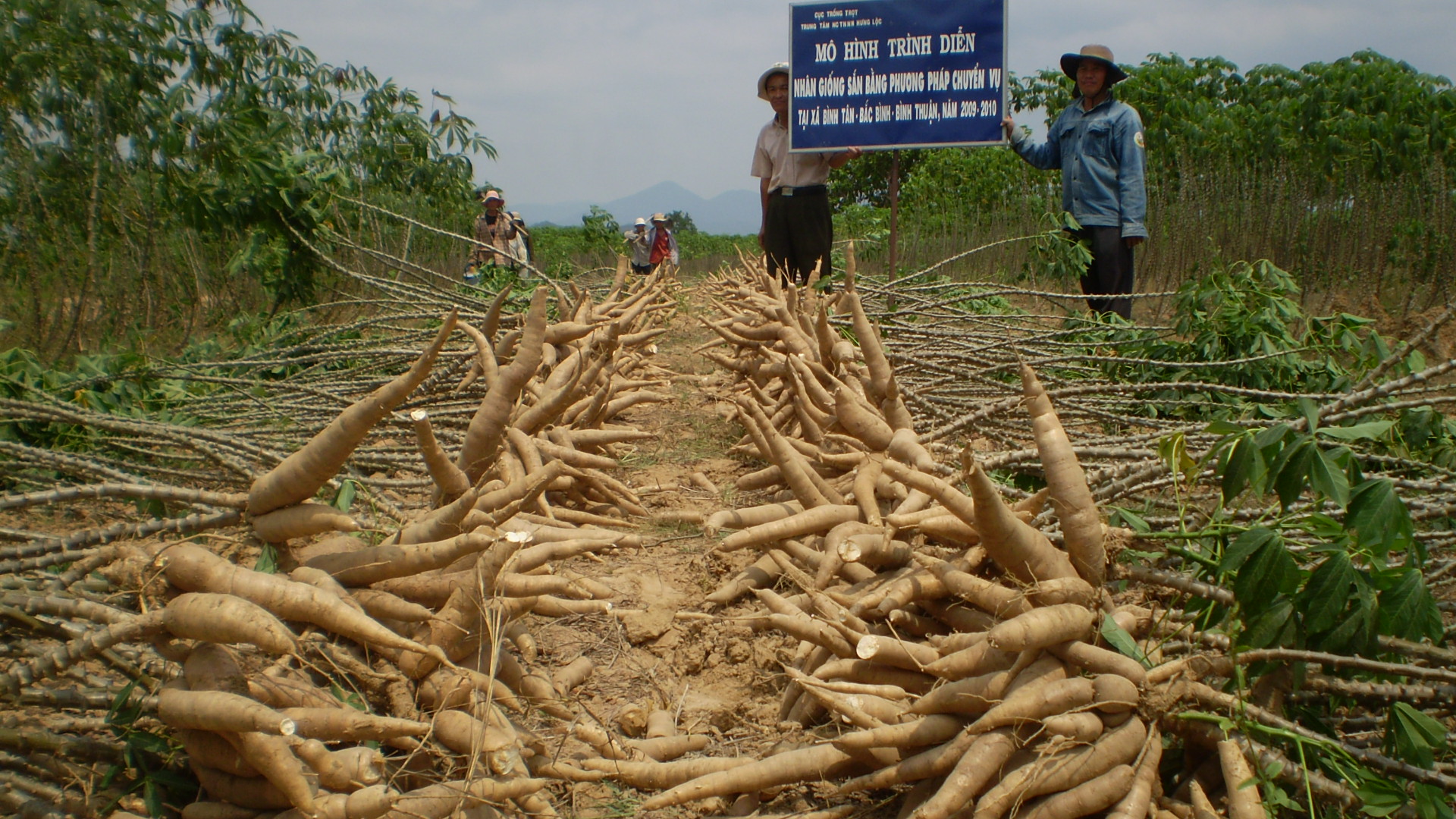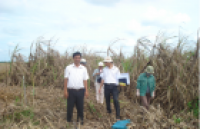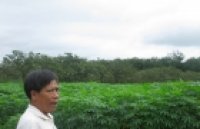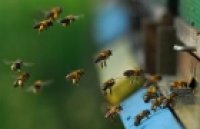| Climate change decouples oceanic primary and export productivity and organic carbon burial |
|
Climate and ecosystem changes in the Northeast Pacific decoupled primary and export productivity and organic carbon burial during climate warming of the last deglaciation. These findings challenge and clarify the meaning of paleoceanographic proxies of productivity and provide key constraints for modeling of the ocean’s biological pump as a potential carbon feedback mechanism associated with large-scale climate change. To our knowledge, this is the first clear demonstration that primary productivity, export productivity, and carbon burial are significantly decoupled under scenarios of large-scale climate change. |
|
Cristina Lopes, Michal Kucera, and Alan C. Mix SignificanceClimate and ecosystem changes in the Northeast Pacific decoupled primary and export productivity and organic carbon burial during climate warming of the last deglaciation. These findings challenge and clarify the meaning of paleoceanographic proxies of productivity and provide key constraints for modeling of the ocean’s biological pump as a potential carbon feedback mechanism associated with large-scale climate change. To our knowledge, this is the first clear demonstration that primary productivity, export productivity, and carbon burial are significantly decoupled under scenarios of large-scale climate change. This is an important constraint on biogeochemical carbon cycle models, which generally assume such changes covary. AbstractUnderstanding responses of oceanic primary productivity, carbon export, and burial to climate change is essential for model-based projection of biological feedbacks in a high-CO2 world. Here we compare estimates of productivity based on the composition of fossil diatom floras with organic carbon burial off Oregon in the Northeast Pacific across a large climatic transition at the last glacial termination. Although estimated primary productivity was highest during the Last Glacial Maximum, carbon burial was lowest, reflecting reduced preservation linked to low sedimentation rates. A diatom size index further points to a glacial decrease (and deglacial increase) in the fraction of fixed carbon that was exported, inferred to reflect expansion, and contraction, of subpolar ecosystems that today favor smaller plankton. Thus, in contrast to models that link remineralization of carbon to temperature, in the Northeast Pacific, we find dominant ecosystem and sea floor control such that intervals of warming climate had more efficient carbon export and higher carbon burial despite falling primary productivity.
See http://www.pnas.org/content/112/2/332.abstract PNAS January 13, 2015; vol.112; no.2: 332-335
Fig. 3. Variations in components of the biological pump across the glacial termination at site W8709-13PC, calculated in 30-cm averaged intervals. (A) Primary productivity (PPa), export productivity (EP), and organic carbon burial (OCB) averaged in 30-cm nonoverlapping consecutive intervals with uncertainty estimates (Dataset S3). (B) Export efficiency (EP/PPa), burial efficiency (OCB/PPa), and seafloor preservation of organic carbon (OCB/EP) expressed as percentages. Uncertainties are ±1σ (Dataset S4). |
|
|
|
[ Tin tức liên quan ]___________________________________________________
|


 Curently online :
Curently online :
 Total visitors :
Total visitors :
.gif)


